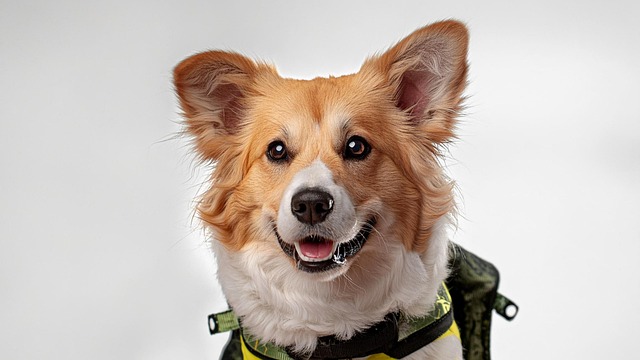Picture your morning in a Seattle apartment: the doorbell rings for a package delivery, and your usually sweet Border Collie mix, Luna, erupts into frantic barking – teeth bared, body rigid, transforming your cozy entryway into a stress zone. This reaction to strangers isn’t just jarring; it strains neighbor relations and leaves you wondering, "Can this ever change?" The good news? Absolutely. Teaching dogs to stay calm around strangers isn’t about suppressing instincts; it’s achievable through desensitization dog training rooted in behavioral science and patience, replacing fear or excitement with quiet confidence.
Dogs bark at strangers primarily due to fear, territorial instincts, excitement, or lack of socialization. Neurologically, encountering an unfamiliar person triggers their amygdala (the brain's fear center), flooding their system with stress hormones. This isn't stubbornness; it's a survival response. Stop dog barking strangers effectively means changing Luna’s emotional association with strangers from "Threat!" or "Exciting Intruder!" to "Meh, no big deal." This hinges on operant conditioning and classical conditioning: rewarding calm behavior while gradually exposing her to triggers at a non-reactive distance, proving strangers predict good things, not danger.
Here’s your actionable, force-free plan. First, identify Luna’s "threshold" – the distance at which she notices a stranger but doesn’t bark (e.g., seeing someone 50 feet away across the park). Start training there. Arm yourself with irresistible treats (boiled chicken works wonders). The moment Luna sees the stranger but remains quiet, mark with a cheerful "Yes!" and reward. If she barks, calmly increase the distance until she’s calm again. Gradually decrease the distance over weeks as she succeeds. Practice positive reinforcement methods daily: recruit calm friends as "strangers." Have them ignore Luna completely while you reward her for any calm behavior – a loose leash, a sit, or simply not barking. Ask your helper to occasionally toss treats away from them, reinforcing that strangers make delicious things appear. For door-related barking, teach a solid "Go to Mat" command away from the entrance and reward lavishly for staying there as door sounds play softly (increase volume gradually). Take Ben from Austin: his rescue Shepherd barked viciously at joggers. Using high-value cheese, he rewarded calm looks at joggers 100 feet away, slowly closing the gap over 8 weeks. Joggers now mean treat time, not alarm bells.

Training calmness around strangers integrates seamlessly with responsible US pet ownership. Choosing positive reinforcement methods aligns with modern animal welfare laws and cultural expectations; aversive tools like shock collars or harsh corrections for barking are increasingly banned (e.g., parts of California, Maryland) and can escalate fear into aggression. Legally, before practicing near public spaces like Portland’s waterfront parks, ensure Luna’s rabies vaccination is current (required nationwide!) – carry proof always. Remember, managing reactions starts on walks: prevent lunging by maintaining distance using "Let's Go" cues reinforced with treats, not leash jerks. Always clean up waste immediately – it’s mandated by local ordinances (fines in cities like Chicago or San Diego reach $500!), reflecting community respect. Apartment dwellers, manage window views with opaque film to reduce triggers and use white noise machines during high-traffic times. A dog who bolts out the door barking poses serious risks; reinforce door manners daily. Always use a 6-foot leash in shared spaces; allowing a barking dog to approach strangers, even if "friendly," violates community etiquette and can be perceived as threatening. Reserve off-leash greetings for trusted friends in controlled settings only.
Yes, dogs can learn not to bark at strangers. By systematically changing their emotional response using desensitization dog training and rewarding calmness, you transform fear into neutrality. This builds a safer, happier dog who navigates the human world with confidence, keeps the peace with neighbors, and strengthens your bond through trust, not tension.






